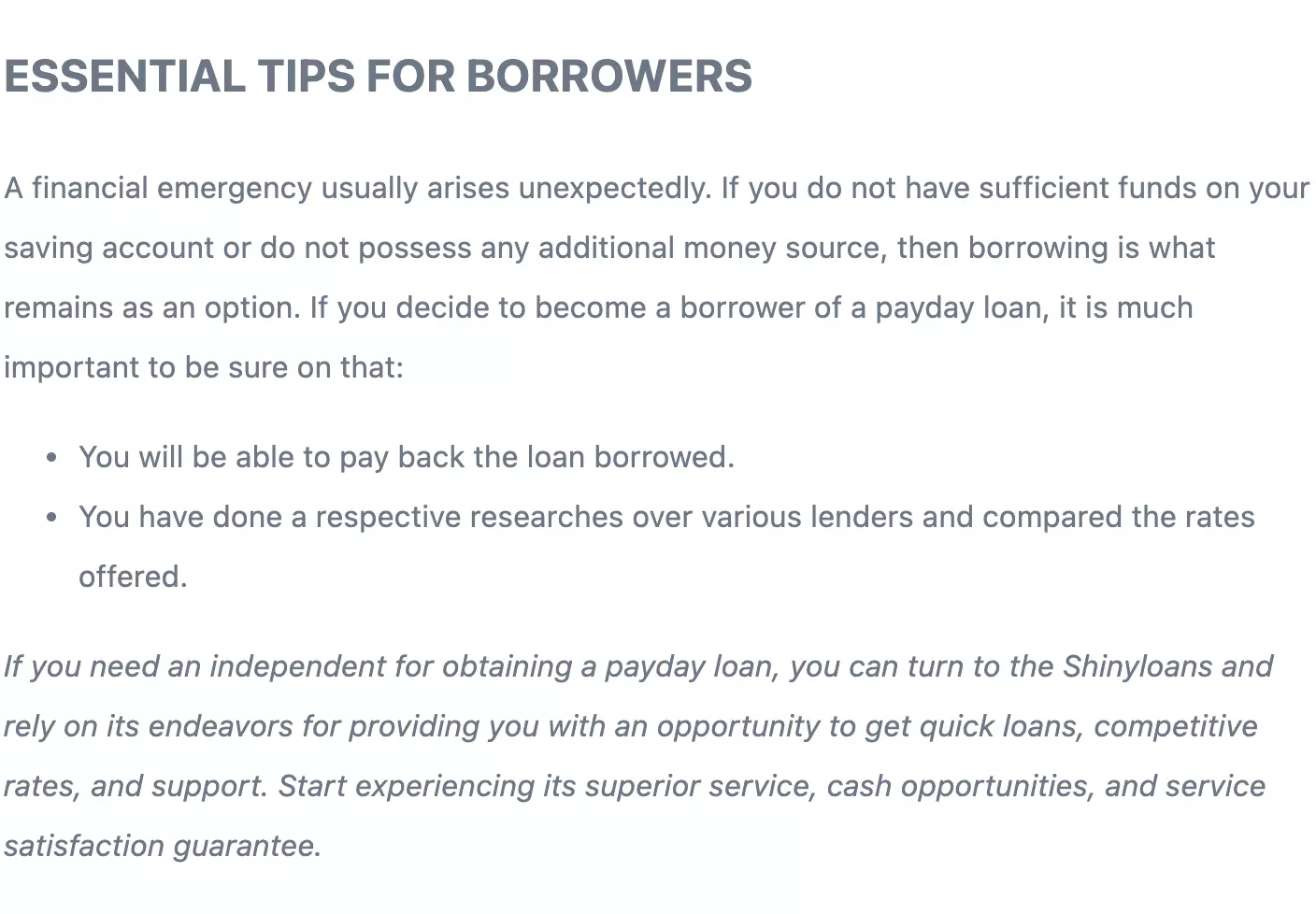Arguably, the most challenging part of saving money is getting started. Most financial advisors strongly advise having at least three to six months' worth of regular expenses to cover unexpected costs that may arise out of the blue anytime. Here we have made up a list of essential tips to help you establish easy but practical tactics for saving money both for short and long-term goals.
Start Budgeting!
Setting up a personal budget is an initial step that everyone should take. Indeed, nobody wants to feel restricted or controlled, but to increase your savings you need strong self-discipline.
Begin by considering why you're saving. For example, if you're saving for a new house or a down payment on a car, your savings plan has a time restriction. On the other hand, saving for a comfortable retirement or other long-term objective requires a different approach.
In general, it is advisable to set away 20% of your net monthly income for savings. This will leave you with around 80% of your family's income to meet monthly costs, including some discretionary spending. So consider keeping track of all your daily spending and monitoring where your money goes. You'd be amazed how quickly a few impulsive purchases may ruin your budgeting plan.
Review your Spending Habits!
Living on a budget also allows you to discover where you may cut back or save money by choosing cheaper alternatives. For instance, that barista coffee may seem like a tiny extravagance, but only two trips to a coffee shop each week may add up to $1000 per annum. Making excellent coffee at home may save you a lot of money, and this is only one example.
Costly streaming media services, seasonal buying, nights outs, and useless subscriptions are just a few things to cut back on or replace to increase your monthly savings. Buying in bulk and clipping/downloading coupons are also good options to contribute to your savings account without compromising your favorite activities.
A Side Hustle Also Makes Sense
Although establishing a savings account is a primary goal, you can also look at it from the aspect of generating extra money on the side. For example, you might consider changing your career or starting a business.
Many people immediately think of the gig economy, but you don't have to limit yourself to what's popular or current. Selling outdated items such as jewelry, clothes, electronics, and collectibles may generate income while freeing up a lot of space at your home.
Repair or set up computers, offer handcrafted goods, or turn a part of your career into a side business. Please consider that it may take up part of your free time, so make it something you like doing.
Make Use of Credit Cards Responsibly!
Credit cards that provide rewards programs and cashback on purchases might help you save money on your daily expenses. First, shop around for the best deals, which are frequently reserved for new cards, then transfer your automated credit card costs to the new account. After, either apply the rewards to future purchases or deposit the bonus reward dollars directly into your savings account.
Automate Your Savings!
Many banks and credit unions may set up an automated cash transfer option on your accounts to make regular savings easier. You can choose a specific amount of money in checking or a percentage of your paycheck to be sent into your savings account. This simple, automated solution not only removes it from your to-do list but also alleviates the pain of seeing less cash pouring in each month. This method, like the others, is intended to get you started quickly while still keeping your long-term financial objectives on track.


.jpg)








.jpg)